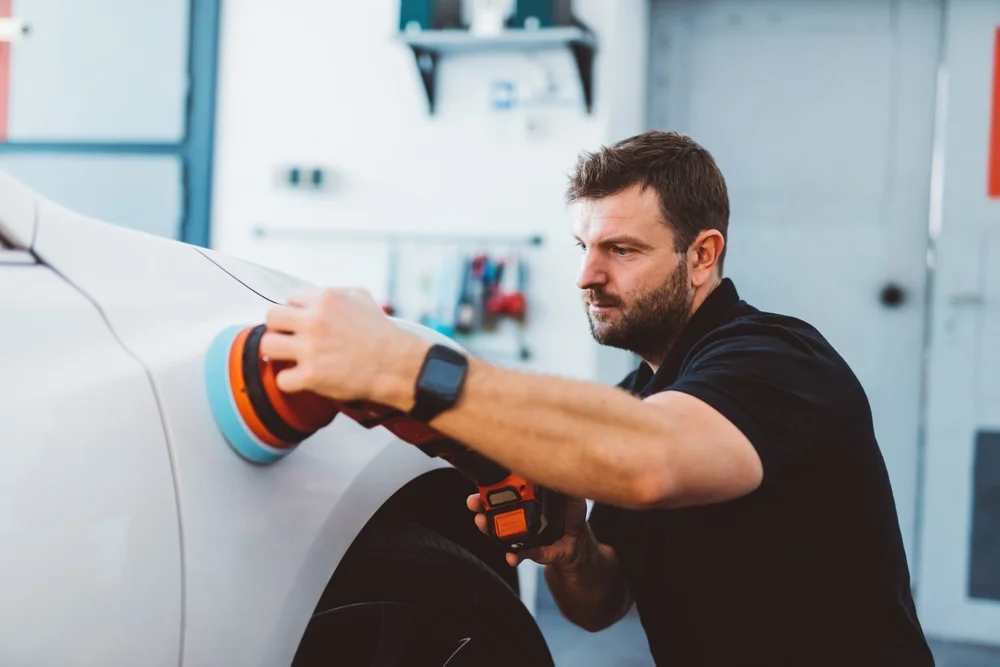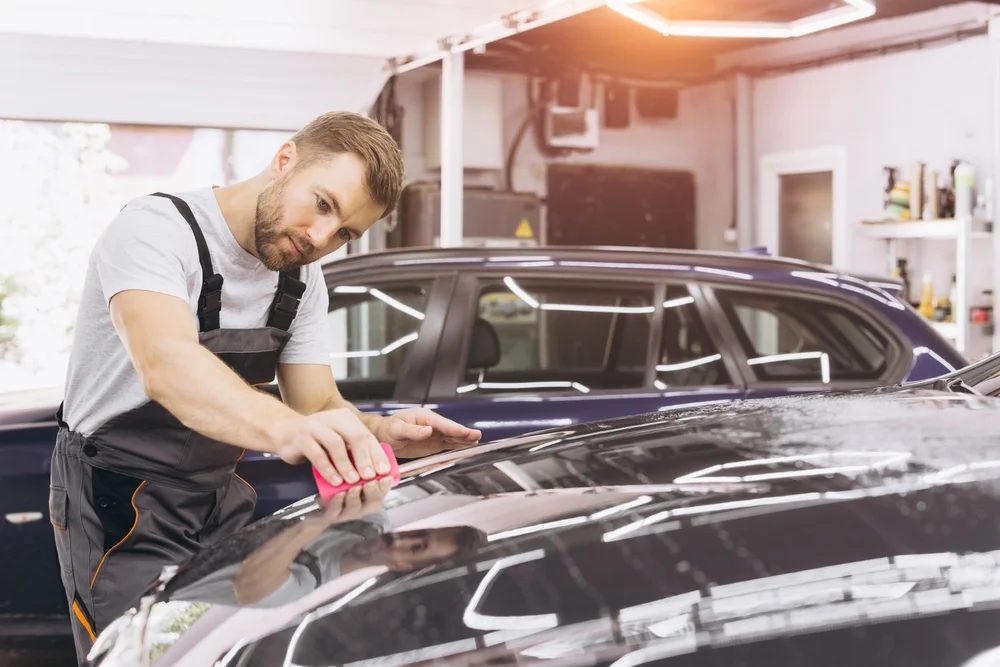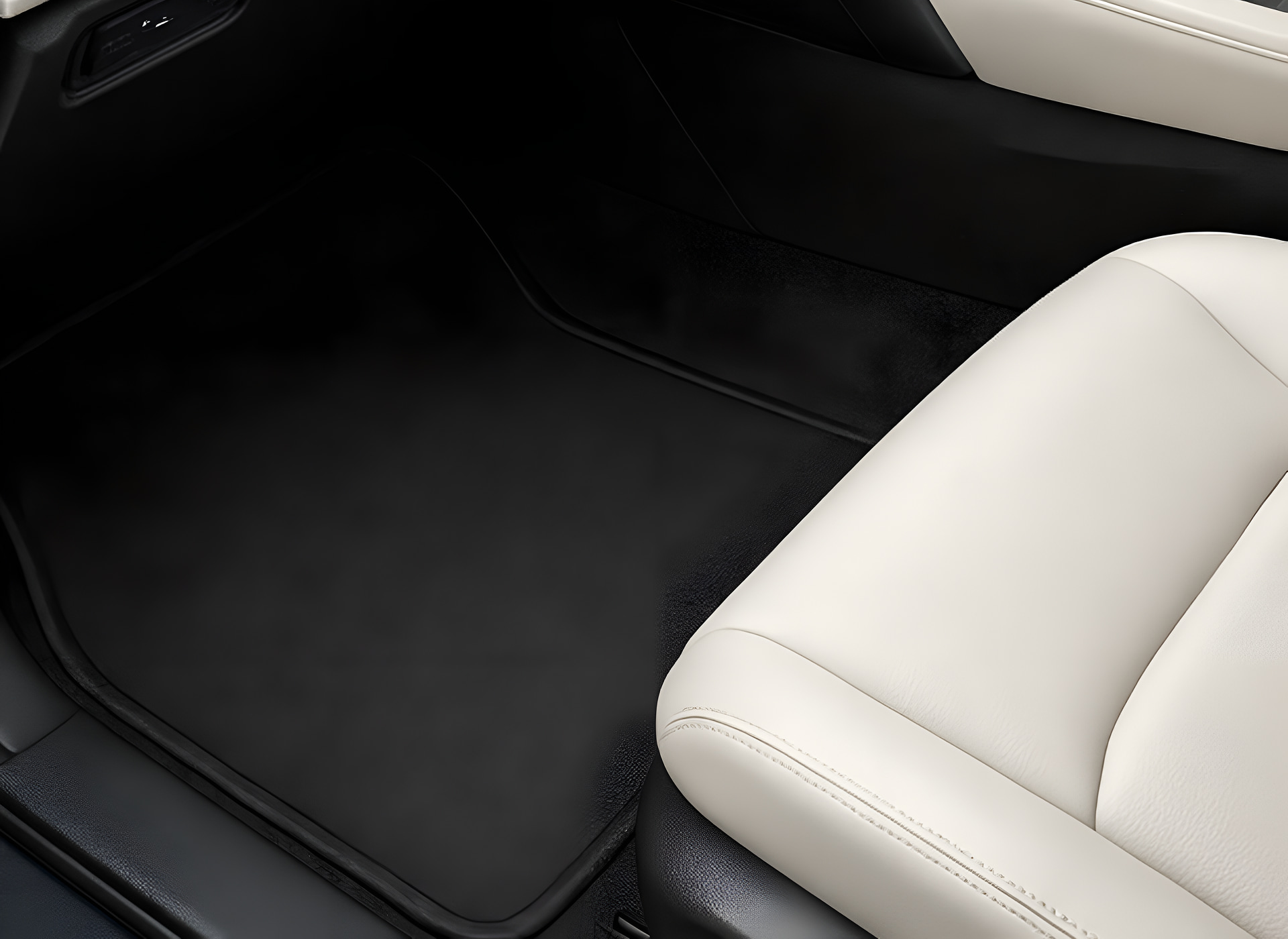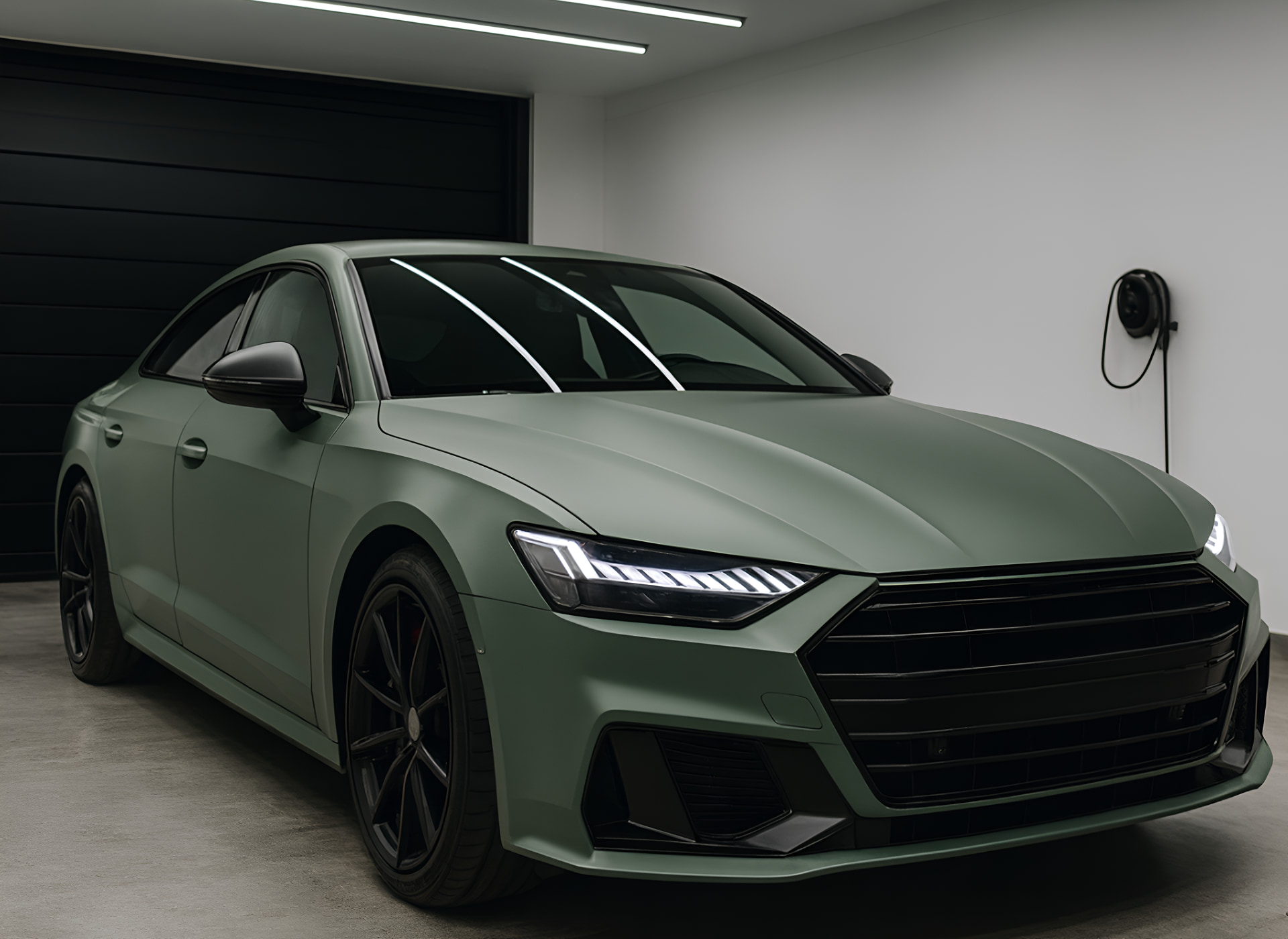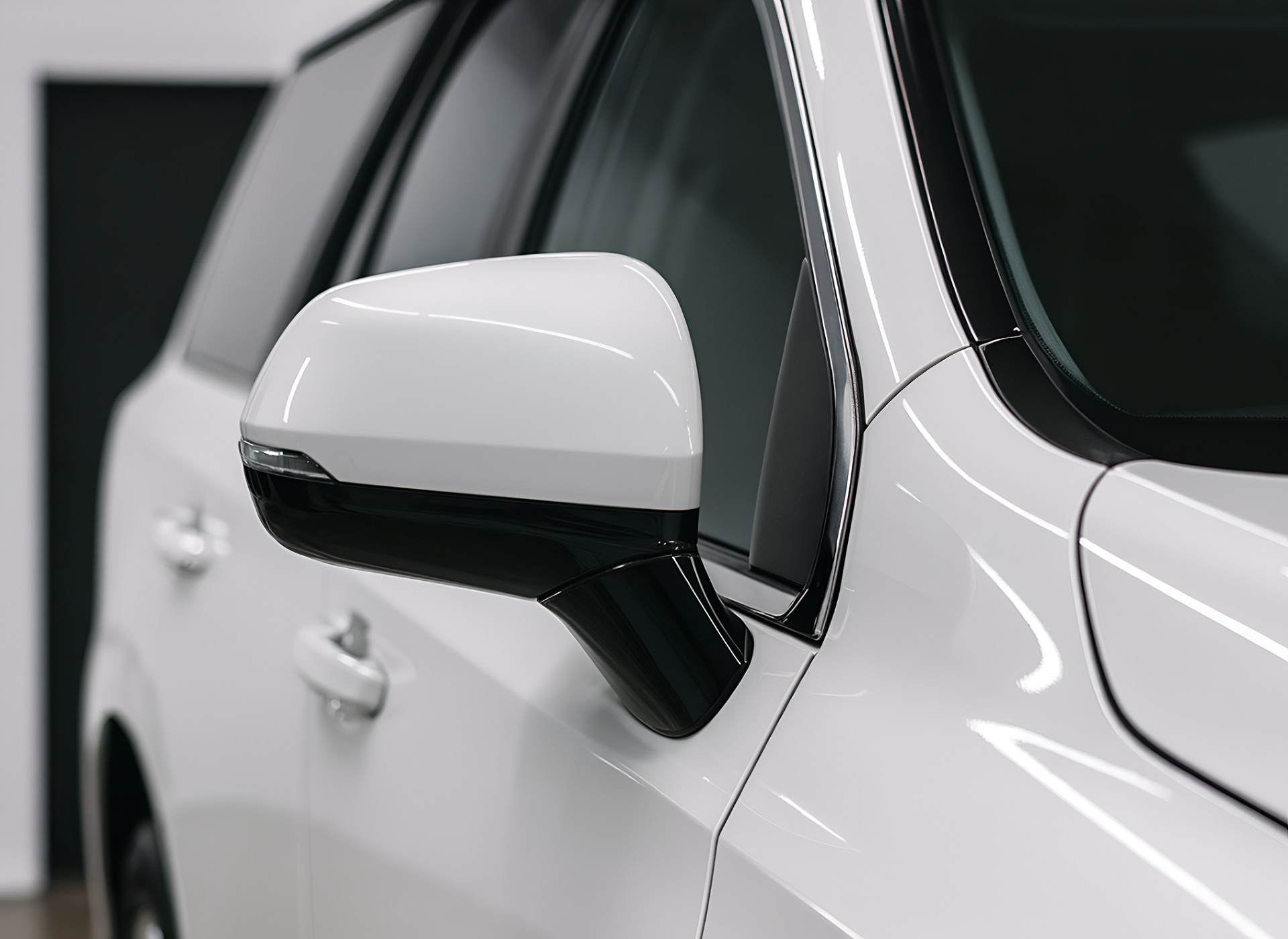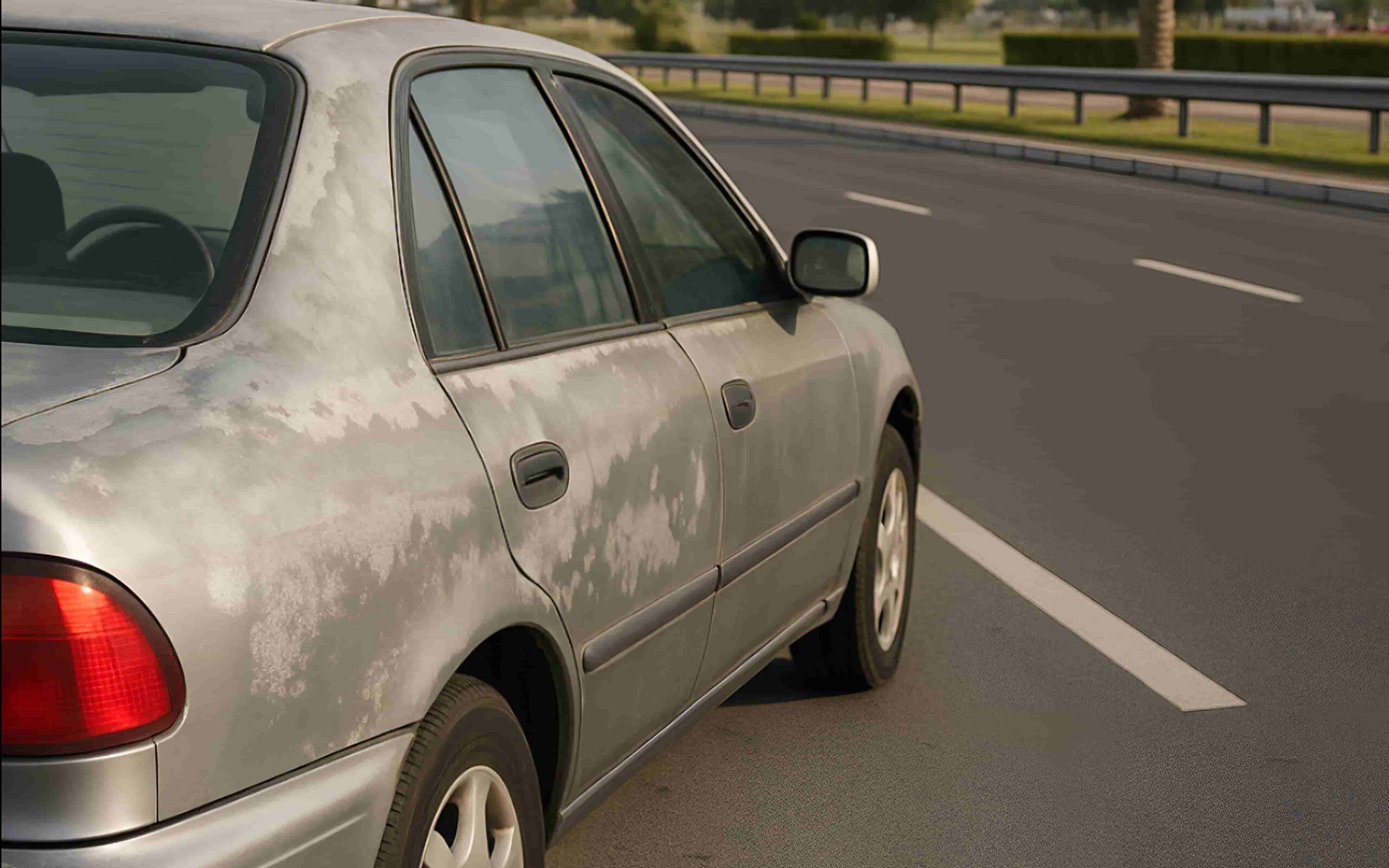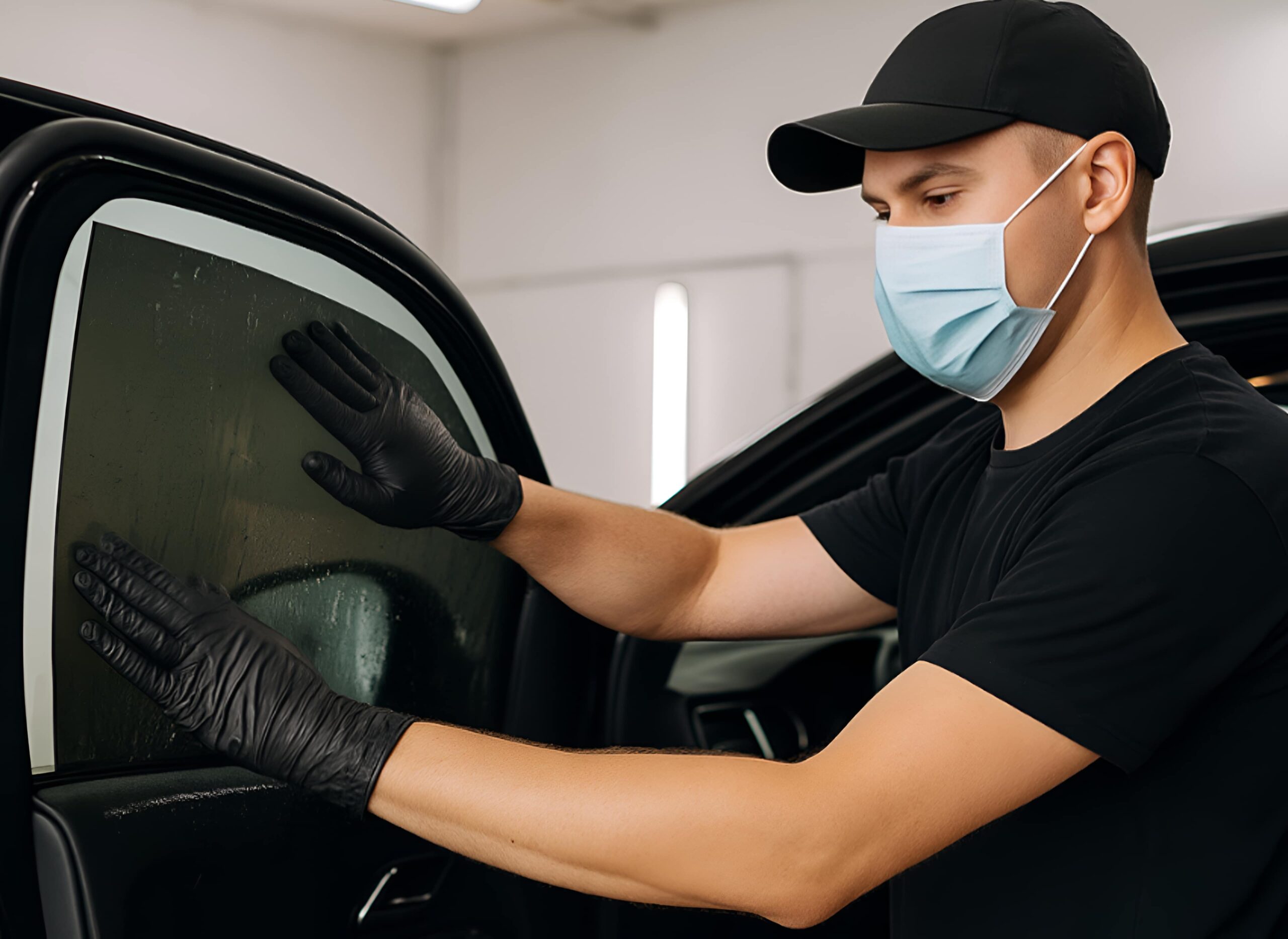Did you know that rust can silently eat away at your car’s structure, costing you thousands in repairs before you even notice it?
Whether it’s rain, road salt, or coastal air, your vehicle is constantly exposed to elements that can cause serious rust damage over time. Rust doesn’t just make your car look old—it weakens critical parts like the frame, brake lines, and fuel system, cutting down your car’s lifespan dramatically.
The good news?
With the right rustproofing car techniques, you can prevent rust before it starts and keep your vehicle in excellent condition for years. In this ultimate guide, we’ll break down everything you need to know about rust proofing, from how rust forms to the best ways to protect your car for safe, smooth driving.
What Causes Rust on Cars? Understanding the Process
Rust begins slowly but spreads fast. When your car’s metal gets wet and isn’t dried properly, rust starts to form. Rain, mud, and salty roads make it worse. Even small scratches on your car’s surface can let moisture in and start the rusting process.
If not treated early, rust can cause serious damage. It can affect the car’s body, exhaust system, fuel lines, and even brake parts. This is why early car rust protection is important.
What Is Rust Proofing and How Does It Work?
Rust proofing is the process of protecting your car’s metal parts from getting rusty. It works by covering areas with a coating that blocks moisture and oxygen. When applied correctly, this layer keeps rust from forming and spreading.
Rust proofing can be done in different ways, such as using sprays, oils, or wax-based products. Each type has its own benefits, and the choice depends on your car’s condition and where you drive.
High-Risk Areas: Where Rust Forms First on Your Car
Some parts of your car are more likely to rust than others. The underbody, wheel wells, and door panels face the most moisture. These spots are closest to the road and get hit with rain, sand, and salt.
Covering these areas with undercoating is a smart move. This thick layer helps seal the metal from outside damage and keeps rust from developing. It’s a solid first step to keep your vehicle in great shape.
The Best Time to Apply Car Rust Proofing
Starting rust protection early can save you a lot of money later. If your car is brand new or still free of rust, it’s the perfect time to apply car rust proofing. When applied to a clean surface, the product works better and lasts longer.
Even if your car is a few years old, it’s not too late. As long as there is little or no rust present, a proper cleaning followed by a rust-proof layer can make a big difference.
Car Undercoating Explained: Why It’s Essential for Your Vehicle
Car undercoating focuses on the bottom of the car. This is where rust usually starts because the area stays wet longer and is harder to clean. By adding a thick protective layer to the underside, it blocks salt, grime, and water from reaching the metal.
Undercoating is especially useful for people who drive in places with lots of rain or salty roads. It helps reduce damage and keeps your car running smoothly for years.
How Long Does Rust Proofing Last? What You Need to Know
Some types of rustproofing car solutions can last for several years. Others may need to be touched up yearly, especially if you drive in harsh conditions. It’s a good idea to have your car checked once a year to see if the protective coating is still strong.
Choosing a trusted service provider will help make sure the job is done right. A good application means better results and fewer worries down the road.
Rust Protection for Older Cars: Is It Still Worth It?
Many people think only new cars need rust protection, but older cars can benefit too. If your car already has rust, a technician can clean the area and apply protection to stop it from getting worse.
Even if rust has already started, stopping it from spreading will help keep your car safer and stronger. Adding car undercoating to the bottom of an older car can still help a lot.
Choosing the Right Rust Proofing Product for Your Needs
Not all rust-proofing products are the same. Some are thick and waxy. Others are light and oily. The right choice depends on how and where you drive. A car that’s used often in wet areas will need something stronger than a car kept mostly in a garage.
A professional service can help you choose the best product and apply it properly. This makes sure the rust protection works the way it should. Monza Auto Care, for example, offers expert rust proofing and undercoating services using high-quality materials and experienced hands.
Enhance Exterior Protection: Why Ceramic Coating Complements Rust Proofing
For complete vehicle protection, many car owners also choose to combine rust proofing with other protective treatments. While rust proofing and undercoating shield your car’s metal parts and underbody from moisture and corrosion, the exterior paint also needs care.
This is where ceramic coating comes in, a high-tech solution that adds a durable, glossy layer over your car’s paintwork, protecting it from UV rays, dirt, and minor scratches. If you’re aiming for full-circle protection, consider learning more about our ceramic coating services, which work hand in hand with rust proofing to keep your car looking and performing its best.
More Than Just Appearance: The Safety and Resale Benefits of Rust Proofing
Rust not only damages how your car looks but also how it drives. Once rust reaches key parts like brake lines or fuel tanks, it can become dangerous. Rust proof layers help keep these parts in working order.
A rust-free car is also easier to sell. Buyers trust vehicles that look clean and strong. If you plan to sell or trade your car one day, rust protection is a smart move.
Secure Your Car’s Longevity with Professional Rust Protection
Rust might seem like a small problem at first, but it grows fast and can cause major headaches if ignored. Whether you’re considering rust proofing, car rust protection, rustproofing car, or full undercoating, acting early gives you the best defense. Keep your car strong, safe, and looking its best by adding that extra layer of protection today. For expert help and long-lasting results, call us on +97165300005 or email us at monzaautocare@gmail.com
Frequently Asked Questions
Is rust proofing safe for all car models?
Yes, rust proofing can be done on nearly any vehicle. Whether it’s a compact car or an SUV, it can help prevent long-term damage.
Do I need both rust proofing and undercoating?
Rust proofing protects areas like doors and frames, while undercoating focuses on the car’s bottom. Doing both gives stronger protection against moisture and road salt.
How is undercoating applied?
Undercoating is usually sprayed onto the car’s underside after it’s cleaned. It dries into a rubber-like coating that blocks water, dirt, and salt.
Can I wash my car after rust proofing?
Yes, but wait a few days to let the coating dry fully. After that, regular washing won’t damage the rust protection.
What makes rust proofing better than just painting?
Paint protects the surface, but it can crack or chip. Rust proofing adds a deeper layer of protection that works even when paint gets scratched.


